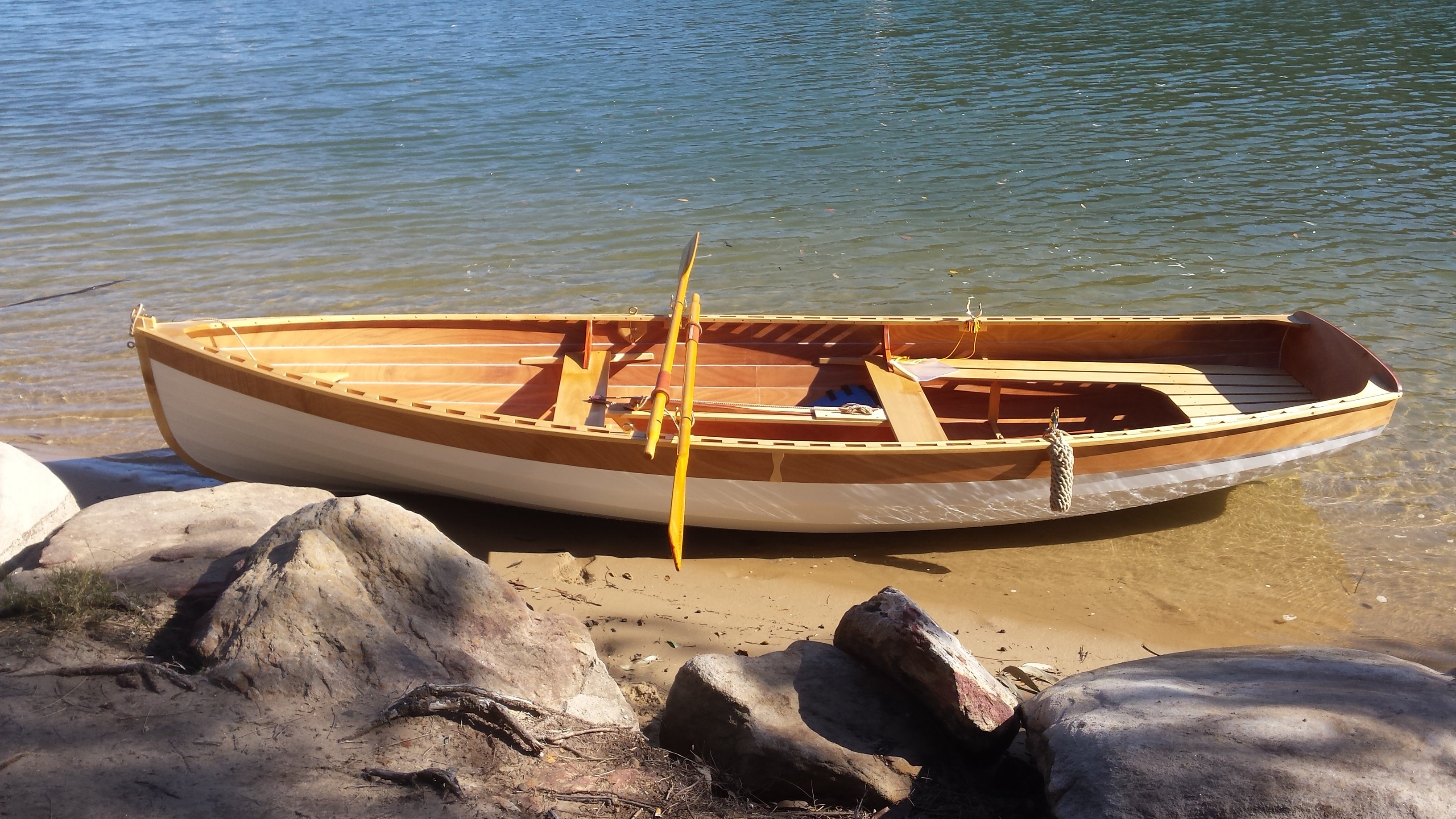-
Posts
1,297 -
Joined
-
Last visited
Content Type
Profiles
Forums
Gallery
Events
Everything posted by Bedford
-
Well now I'm feeling all left out, where is my invitation to rejoin your build? Don't you remember my waterline marker I used on the schooner, you said you would remember it and use it! The workshop looks brilliant, I love it. As for lighting I would consider LED before buying fluoro. LED has well and truly come of age and the prices have become reasonable.I would suggest cool white for model building.
-
Great news about Judy Remember that only the pope is supposed to be infallible and as far as I know the Vatican isn't in Canada, glad to know you're mortal
- 2,215 replies
-
I too wish you guys all the best. As for wasting electrons, fear not! The whole idea of needing a circuit is that the electrons go home when they've done their job and are ready for work next time
- 2,215 replies
-
Great to see the cutter again, really looking forward to progress on her
- 2,215 replies
-
Wow, that's absolutely beautiful John. Such lovely lines and workmanship
- 745 replies
-
- francis pritt
- mission ship
-
(and 1 more)
Tagged with:
-
Oh well Jim, you will try and build her with an audience !!
- 745 replies
-
- francis pritt
- mission ship
-
(and 1 more)
Tagged with:
-
Oh I can see the need for reverse but it wouldn't be used much, only a few strokes I would think.
-
You seem to have it sorted mate, I wonder if you need to worry about reverse? How often do you think you would need reverse and for how many strokes? I might be inclined to leave it as is. Steve
-
Good luck, what is the travel tolerance in them, there are different types but if you make the mounts very finely adjustable you might just have it beaten
-
I see where you are going with that. What are you like with electronics, Google "hall effect" using magnets and sensors rather than mechanical switches, could be easier to fit etc. Just a side note, if you have a bit of weight to play with you might be able to put a weight below the keel to stabilize her against the oar movement inspired rocking.
-
I always thought you might end up with this imbalance in straight rowing. I think I would have the two drives linked by a single spline dog clutch something like a bendix clutch on a car starter motor. Just use one motor to drive her in a straight line but when you steer the second motor comes into play and in the process it disengages the clutch. Easy to say I know.
-
I hear you Michael, You have had access to a much greater range of "collectables" than me over the years but when I got divorced and the house sold I had a philosophy about packing my shed/garage, if it had laid untouched for the 9 years we lived there it went in the bin (unless I could see genuine use or value in it) otherwise I took it with me, then I adopted the same approach when unpacking and stowing everything away. I got rid of a lot of junk. Good luck
-
I might have considered making the power unit a split setup which is removable ie:- take the deck off and disconnect then lift tout the port drive assy including oars and the same with stbd. That would probably ad a little bit of weight but make it easier to transport. Having said that, with what you have I would make a cradle on a large board that the hull can be attached to so then the whole thing could be carried on its side, assuming the mast id capable of being laid down, Either way she is looking good and sea trial are anticipated!
-
Thanks guys Walter, the rest have read what happened here http://modelshipworld.com/index.php/topic/8924-im-going-sailingon-the-endeavour/page-2#entry284966 Basically, 40 - 50 knot head winds, motoring all the way south, through 5 metre seas which was not pleasant. One injured forcing return to Sydney, one near death from illness forcing helicopter evac at sea and finally we broke the sprits'l yard which stays the fore top & t'gallant via the jib boom so had no alternative but to come about and raise sails to brace the masts, this meant heading back to Sydney and the voyage with the weather was beautiful, we all loved it and many of us, me included, are keen to go again. I have since learned that the James Graig tore sails in the storms we faced. I am putting together a youtube clip for the museum showing the making of the new yard and will add it to the voyage thread when it is done. I have so much on at the moment that progress will be slow on the schooner but I will get back into it. Steve
-
Having seen her in the flesh I can tell you she is every bit as good as she looks, I'll have to come back and have another look as she progresses John.
- 745 replies
-
- francis pritt
- mission ship
-
(and 1 more)
Tagged with:
-
Good on you! A proud moment for any model maker to receive that recognition
- 170 replies
-
- ogallala
- praire schooner
-
(and 2 more)
Tagged with:
About us
Modelshipworld - Advancing Ship Modeling through Research
SSL Secured
Your security is important for us so this Website is SSL-Secured
NRG Mailing Address
Nautical Research Guild
237 South Lincoln Street
Westmont IL, 60559-1917
Model Ship World ® and the MSW logo are Registered Trademarks, and belong to the Nautical Research Guild (United States Patent and Trademark Office: No. 6,929,264 & No. 6,929,274, registered Dec. 20, 2022)
Helpful Links
About the NRG
If you enjoy building ship models that are historically accurate as well as beautiful, then The Nautical Research Guild (NRG) is just right for you.
The Guild is a non-profit educational organization whose mission is to “Advance Ship Modeling Through Research”. We provide support to our members in their efforts to raise the quality of their model ships.
The Nautical Research Guild has published our world-renowned quarterly magazine, The Nautical Research Journal, since 1955. The pages of the Journal are full of articles by accomplished ship modelers who show you how they create those exquisite details on their models, and by maritime historians who show you the correct details to build. The Journal is available in both print and digital editions. Go to the NRG web site (www.thenrg.org) to download a complimentary digital copy of the Journal. The NRG also publishes plan sets, books and compilations of back issues of the Journal and the former Ships in Scale and Model Ship Builder magazines.



